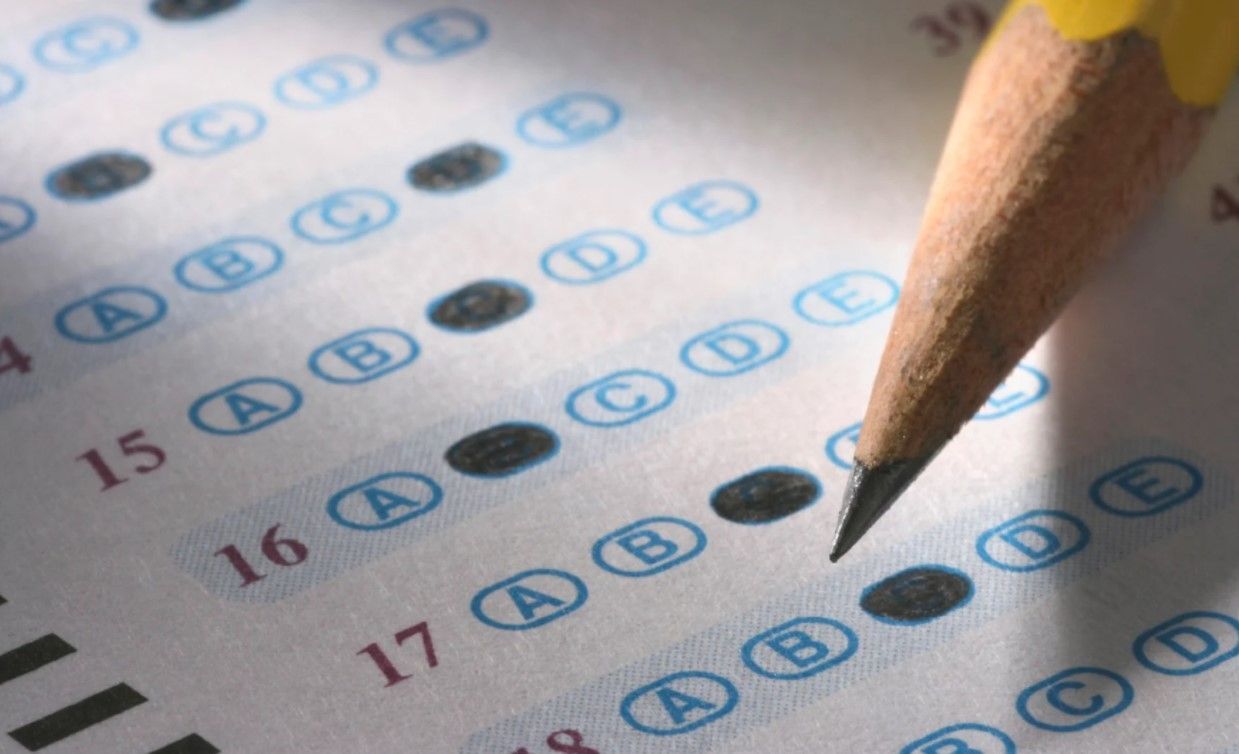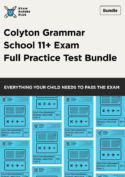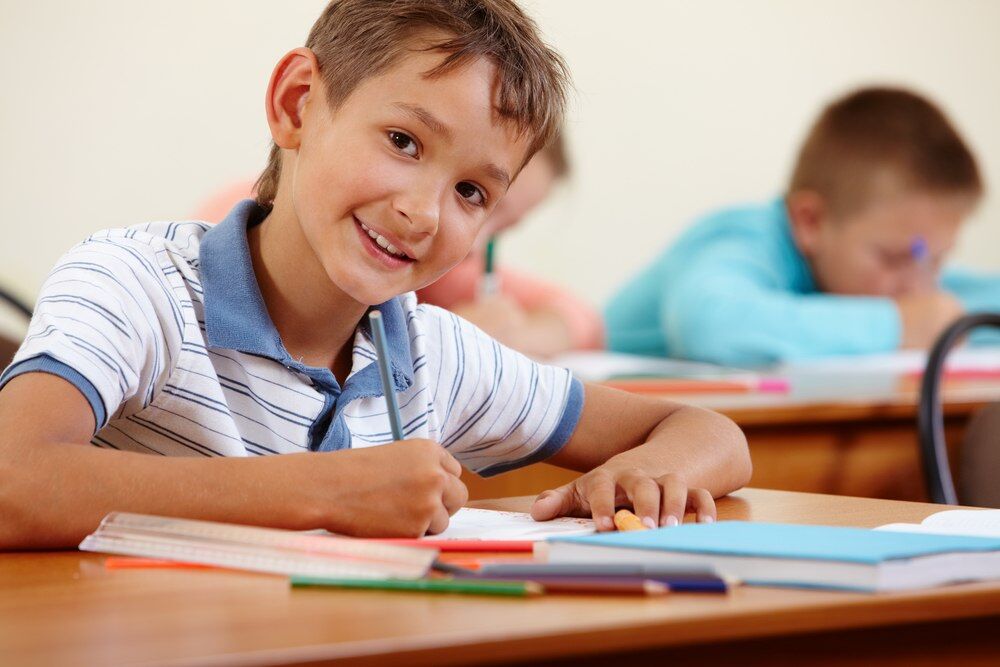
Learning Strategies for Primary School Students
Bookmark this page? Pop your email into the box below to receive a link to this article so you can easily refer back to it later.
Table of Contents
Introduction
Just as children have different learning styles, they also respond differently to various learning strategies. As a parent, you can try one, or a combination of these strategies with your child to help them learn more effectively and retain information better. As American psychiatrist William Glasser found, we learn better in some ways more than others. According to this graphic from Quote Addicts…
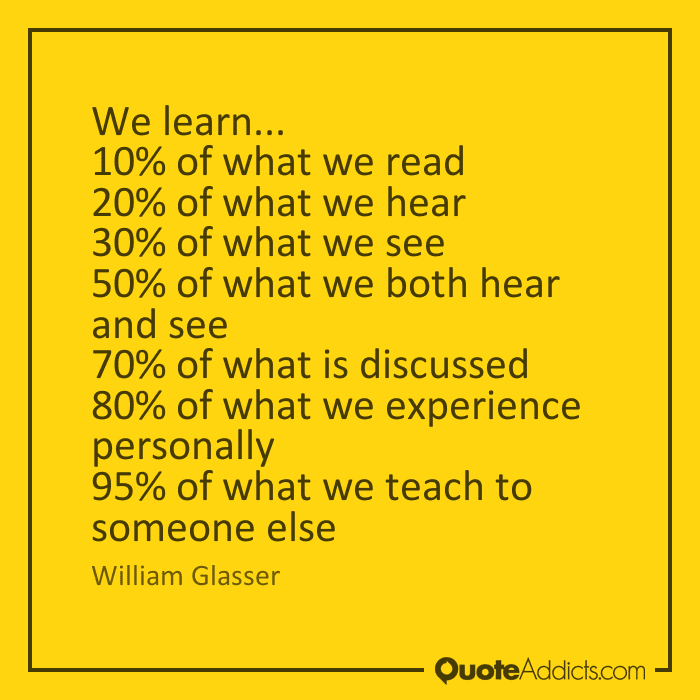
Bearing this in mind, we’ve compiled a list of some of the most effective learning strategies for primary school students.
Note Taking
Taking notes, either from textbooks, or existing classwork, can be a great way for your child to remember important bits of information. If your child enjoys reading and writing and English, then this may prove an effective learning style for them.
Note taking is a skill and the aim isn’t to simply rewrite work. Instead, it should be an exercise in identifying essential information that will be useful to recall at a later date. For younger children who may find taking notes a challenge, picking out important info using a pen or highlighter can be just as effective.
Organising Information
Every good study plan starts with organisation. By organising their work by subject, topic and sub-topics, your child will be able to access the information they need to study much quicker. The very act of organising information can make a student feel more in control of their learning, seeing as they’re taking direct responsibility for their work. Organising information can also include categorising, arranging by theme and forward planning.
It can also be a good idea to organise information physically, i.e. by making sure that your child has space to store their notebooks, folders and other learning materials. A cluttered workspace doesn’t do anyone any favours, so consider investing in some desk organisers and desk tidys for your child’s bedroom.
Creating Visual Reminders
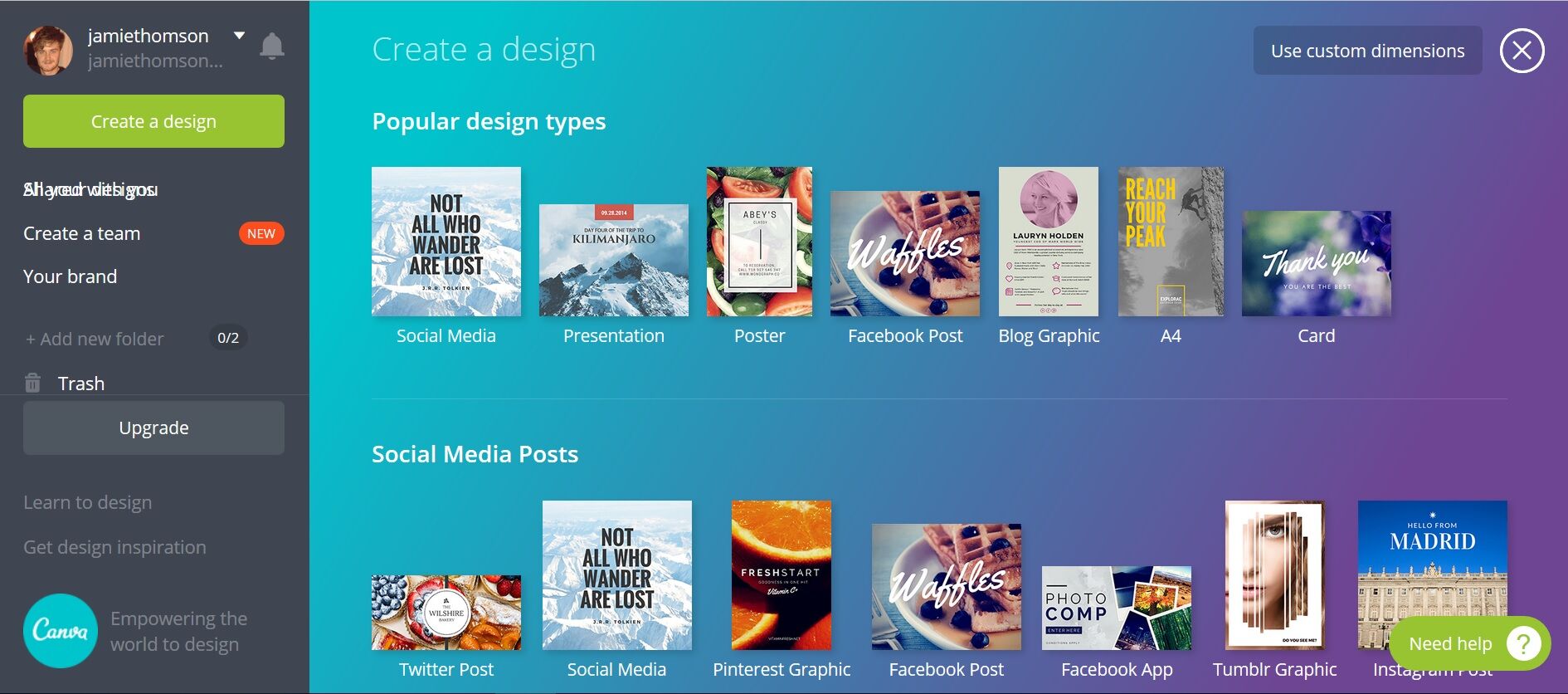
Whereas note-taking and highlighting is primarily a reading-based learning strategy, flashcards, post-it notes and mind maps all make use of visual recognition. If your child is naturally artistic, then creating flashcards with important keywords or formulas on them can be an effective way to help them recall information. Try sticking flashcards or post-it notes around the house and every time your child comes across one, encourage them to explain the keywords or notes in more detail.
Likewise, if your child enjoys using computers, they could create visual aids using free software like Canva and Piktochart, or make presentations using free software like SlideShare and YouTube.
Retrieving Prior Knowledge (Verbally)
Seeing as we remember 20% of what we hear and 95% of what we teach someone else, verbally explaining information can be a great way of remembering facts and figures. A good learning strategy to try is asking your child questions from their classwork, or textbooks. Questions like ‘can you tell me more about xyz’, or ‘what do you know about xyz’, will encourage your child to recall information without having any notes to hand.
This can also be a great way to identify your child’s strengths and weaknesses. If there are any topic areas that they need to improve in, you can allocate more time to focusing on those in your child’s study plan.
A good revision game to try is ‘student as teacher’, where your child stands up as if in front of a class and talks about certain topics as if they were teaching it themselves. This is a particularly effective learning strategy for primary school kids that enjoy drama and acting things out.
Mind Mapping
A mind map is a visual representation of notes and information, presented in a structured, yet creative way. Sometimes called brainstorming, mind maps can be as detailed as your child likes, connecting thoughts and ideas around one, or several central topics. They can be a great way to organise notes around one larger idea and can improve memory and learning by 15% compared to conventional study techniques.
Why not try one of these learning strategies for primary school kids as a way of mixing up their revision plan, homework, or studying. What you might find, is that a combination of several learning strategies is the most effective way for your child to retain information.
Bookmark this page? Pop your email into the box below to receive a link to this article so you can easily refer back to it later.






